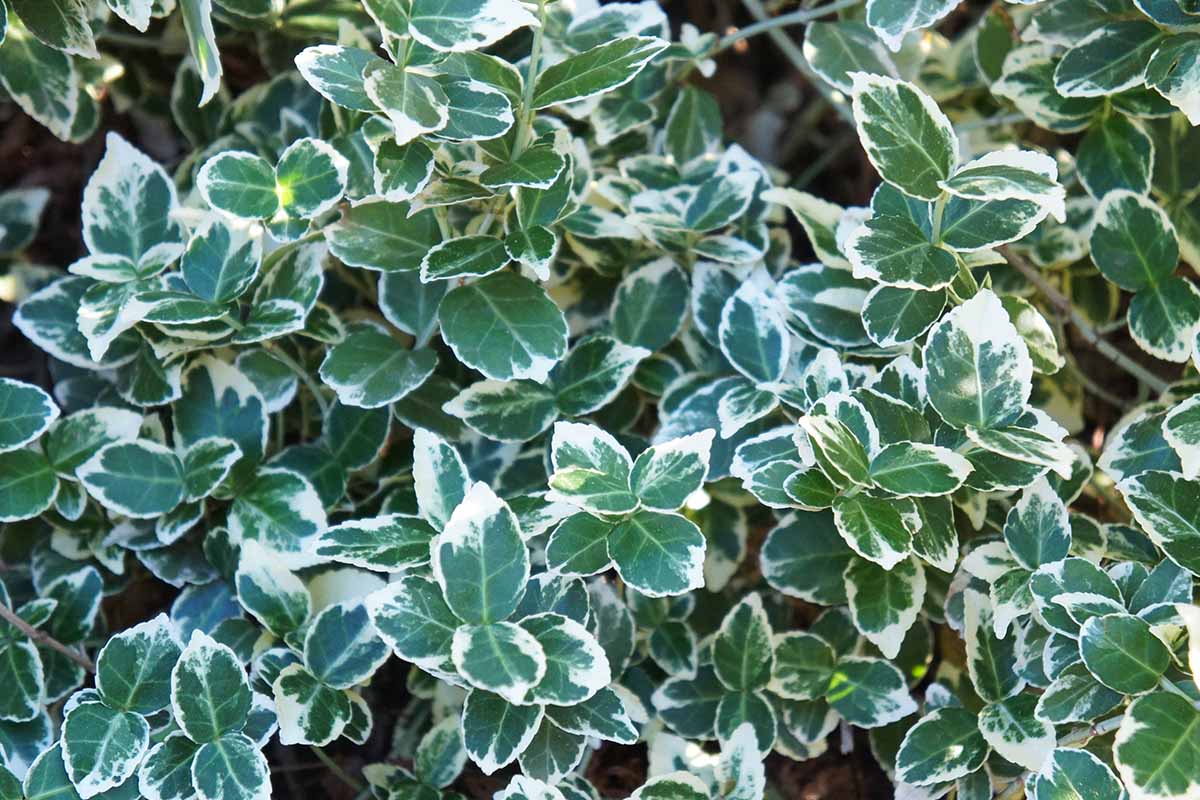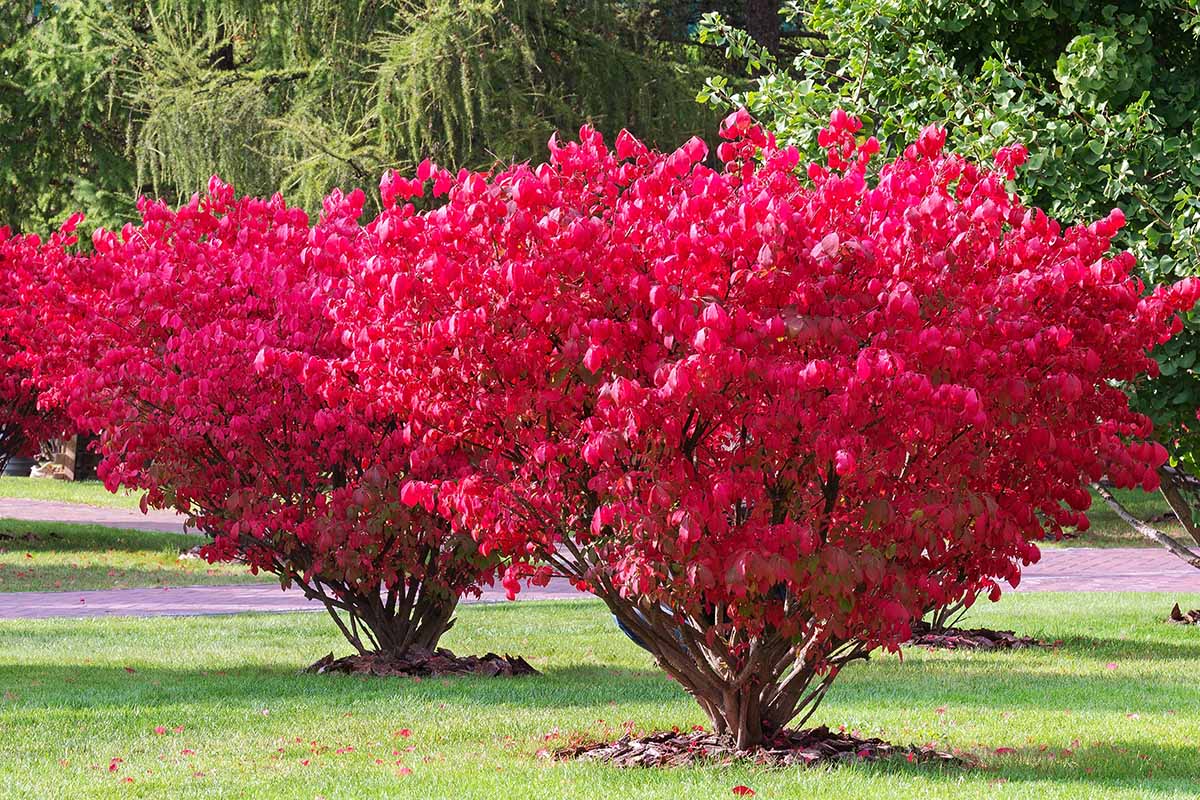11 Types of Euonymus: Choosing the Best Plants for Your Garden
Struggling to pick out a Euonymus for your landscape? No worries, we’ve got you covered! In this guide, we’ll go over some of the top species and what they have to offer gardeners. From USDA Hardiness Zone recommendations to ornamental descriptions, you’ll learn about 11 of the best picks for the garden. Read more now.





